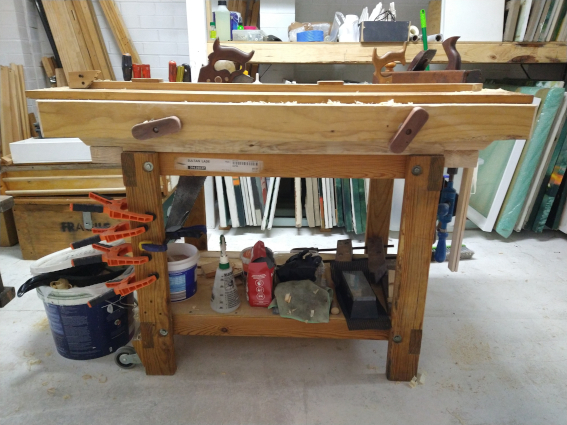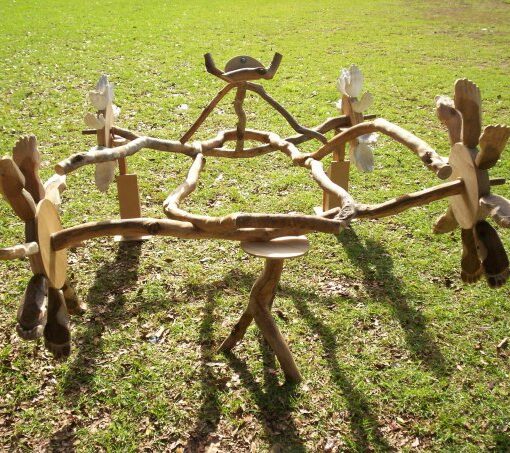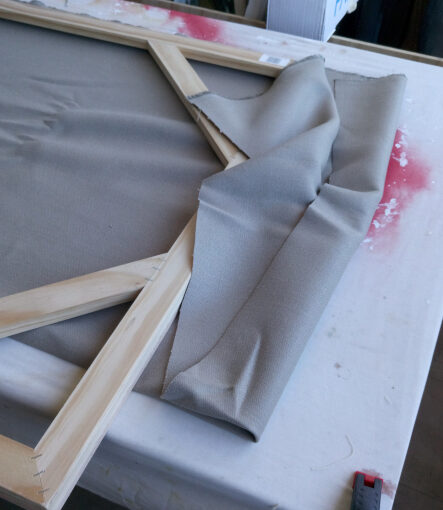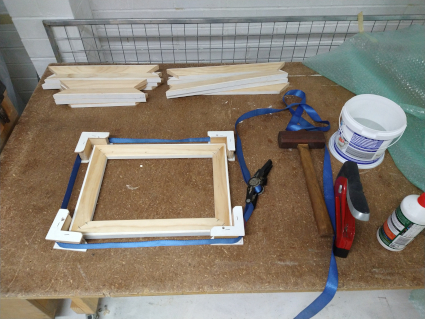
It is hard to describe the effect reading Victor Papanek ‘Design for the real world: human ecology and social change‘ 1973 had on me as an undergraduate art student. It shaped my entire adult existence.
From the citation of David Krech (and Mark Rosenzweig) and the experiments with calorie restriction, enriched environment and epigenetic inheritence, from which I developed a personal program. The three domains of human action for peak wellness are mental, physical and emotional. Challenges to each when pursued concurrently have a compounding positive effect on neurogenesis. This ideal was latter encapsulated most elequently by Dr Mark Mattson and backed by diligent and robust research on aging. The upshot of this design process was ARTcycle Inc., an artist led incorporated association to provide artists and art lovers a means of participating in active transport, convivial social contact, exposure to art, culture and a social repast.
The idea of mixing art and physical labour has a long and productive history. One of my favourites examples being the Black Mountain College, which of course owed a debt to the Bauhaus through the leadership of John Rice, Joseph and Anni Albers.
Having participated in Cementa 13 (ARTcycle Inc was the first “artist” signed), I and others were blown away by Ian Milliss, ‘Welcome To Kandos‘ poster that littered telegraph poles and shopfront windows. It encapsualted all of the issues I had researched for years but never had the opportunity to put into action.
When completing my MFA I was exploring the possibility of bringing Ian’s project to reality and presented it as an entry for Cementa 17. One of the planned artworks was to be an adaptation of the BMC building on a block beneath the Coomber Mellon range.
Having grown up on a suburban block cleaved from grandfathers market garden the idea of gardening and self sufficiency was built in from birth. I was always looking for ways of creatively expressing the most human of needs – autonomy, agency, self sufficiency. Dreams killed by the “capitalist oppressor”.
Among the staff at Riverina College of Advanced Education was Bauhaus trained weaver, Marcella Hempel – nominative determinism in action? The association came full circle with the Hemp Initiative in Kandos when I met up with former RCAE student, now expert weaver, Kelly Leonard. Kelly spun and wove a sample of Australian hemp (weft) with linen (warp) and embedded gum nuts in pockets in the finished weaving. I provided the Cementa Gate, made of hempcrete, a bamboo and hemp bicycle, paintings on hemp supports, and hand made hemp paper from hemp offcuts of those painting supports.With local chef and cyclist Dave Standfield we provided hemp bread for the Futurelands 2 grand feast.
Another of the staff at RCAE was internationally renown performance artist, painter, printmaker, sculptor, lecturer… and gardener, Arthur Wicks. As a student I remember visiting Arthur at his home and seeing the vacant block behind his house growing profuse amounts of vegetables all managed by Arthur, until his rotary hoe, tilling machine was stolen.
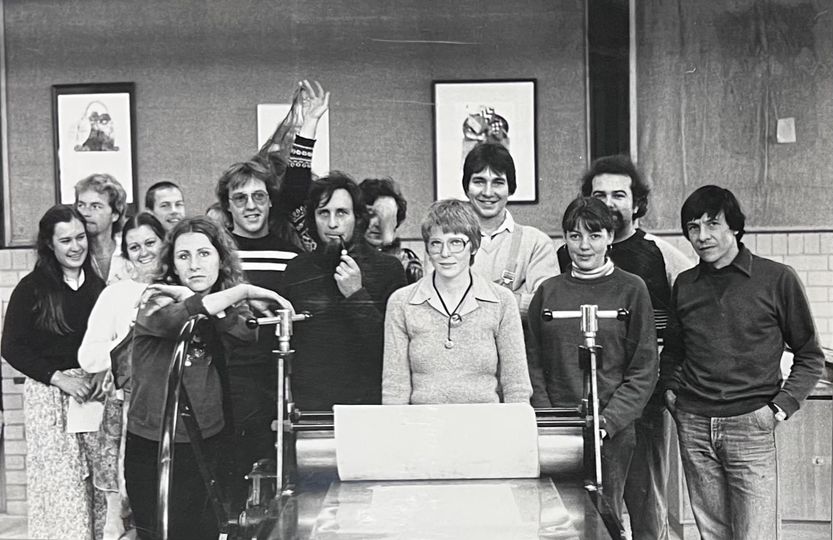
You can obtain a pdf copy of Design for the real world or by searching the web.
